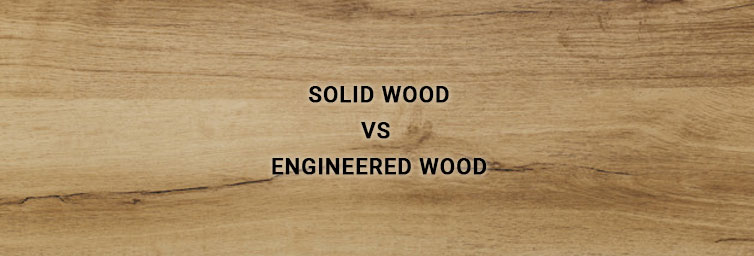You have no items in your shopping cart.
Post Requirement
When it comes to choosing a wood floor or the furniture for your home, you have many questions to ask. What type of wood material should I use? Do I want a smooth or distressed floor? What colour do I like?
Most importantly, what type of flooring - solid wood or engineered wood? What are the pros and cons of each? If you are wondering with such questions in your mind, we are here to bring you useful information, so that you can make a smart buying decision.
Definitions of Solid Wood and Engineered Wood
Solid Wood: It means each board is made from one solid piece of wood usually 5 inches wider and 3/4" thick. It is a natural product obtained by cutting down trees.
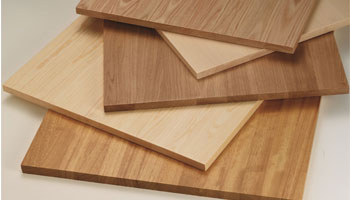
The two main varieties of solid wood include softwood such as pine, white cedar and rubberwood; and hardwood such as oak, teak, maple and rosewood.
Engineered Wood: It is a composite material formed by binding strands, particles, fibres, veneers or thin wood boards together with adhesives. Like solid wood planks, engineered wood planks usually comes in 5 inches wider, with a thickness sizes of 5/16", 3/8", 1/4" and 3/4".
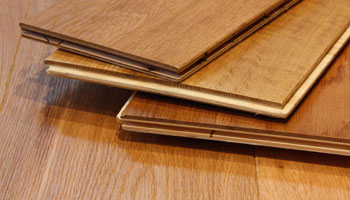
The most common forms of engineered wood available in the market are Plywood, HDF (high-density fibreboard), MDF (medium-density fibreboard), veneered boards and particleboards.
Solid Wood Flooring vs. Engineered Wood Flooring
Solid wood flooring is excellent and well-known for its reputation, durability and longevity. This flooring requires special skills to install and can be sanded down and refinished numerous times over its life. Due to increased awareness of sustainability and the need to reduce deforestation, solid wood flooring is now very much in drop.
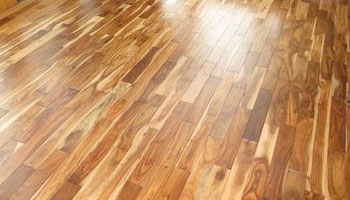
In Engineered wood flooring, each flooring board is made up of multiple flooring boards, to obtain the desired thickness and wear layer. For making engineered wood, fastest-growing hardwoods such as birch, eucalyptus are preferred up to 75%, which makes it a more environmentally friendly product.
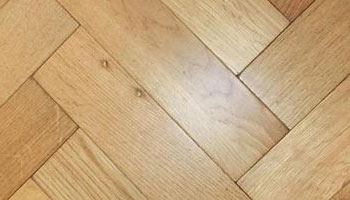
Let's take a look at what are the differences between them.
Solid Wood Flooring
- It is classic and beautiful
- Highly durable and lasts up to 40 to 100 years.
- Easily affected by temperature, humidity and moisture or damp conditions.
- It is installed with a tongue and groove system and only over selected subfloors.
- Price is high as it is real wood from trees.
- Hardness depends on very soft to hard natural woods.
- Available in more varieties and colours.
- Not environmentally sustainable, as trees need to cut to get solid wood.
Engineering Wood Flooring
- There is no compromise in appearance, the same charm as solid wood.
- Not as durable as solid wood and lasts up to 20 to 40 years.
- Resistant to temperature changes and does not warp or change dimensions when exposed to moisture.
- Click-lock or glue-down forms of engineered wood are effortless to work and can be installed on many subfloor types.
- Affordable and slightly less expensive than solid wood.
- Particleboard is soft and not very durable, while HDF is hard and dense; MDF is medium-hard and is durable.
- Available in limited varieties compared to solid wood.
- Eco-friendly as it is created using wood products and derivatives. But, some of the chemicals used for binding purposes could be harmful.
Final Verdict
People may go for solid wood flooring or engineered wood flooring based on aesthetics. But the most important factor in deciding between solid wood or engineered wood is the type of place you live in, climatic conditions, your budget, and the condition of your subfloor. Both types of flooring are attractive, durable, and both are wood has its pros and cons. The choice always depends on you and your home needs.
Also, Read: Various Types of Market Forms of Timber
Vani Paspula



